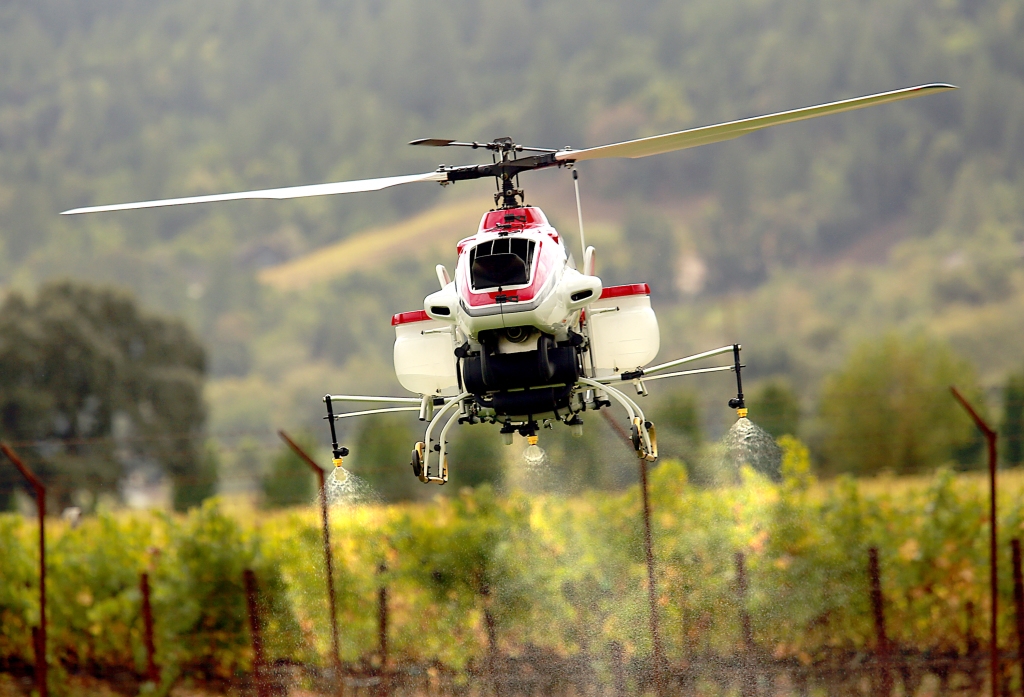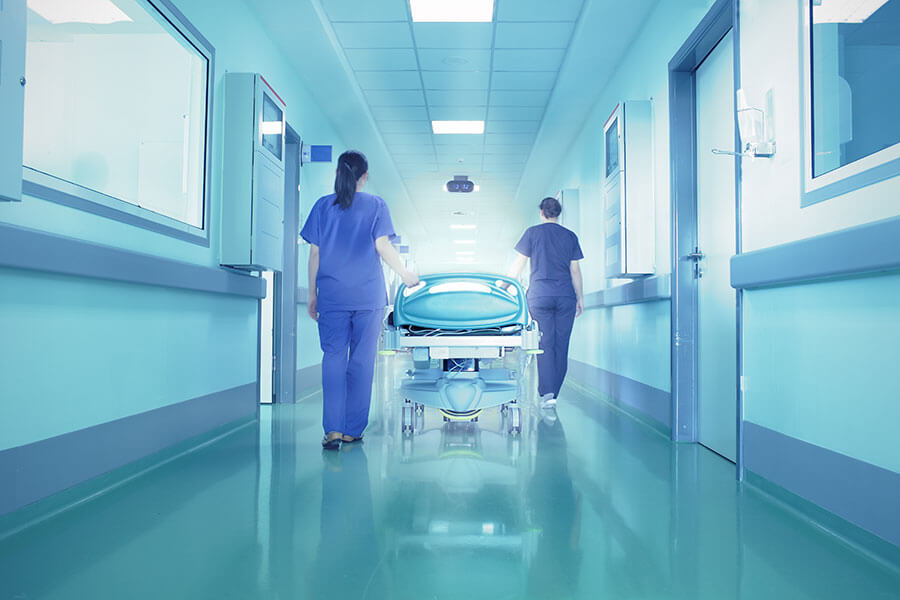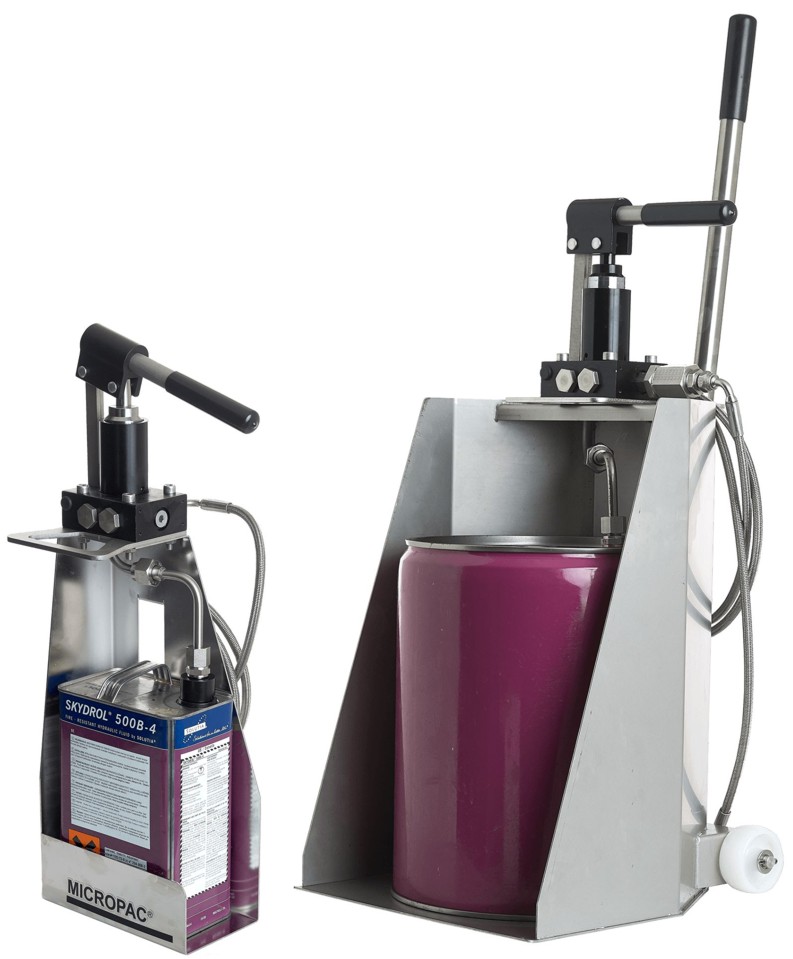Drones, drones, drones. Love them or hate them, they certainly appear to be here to stay. Mention drones and there are good stories that have entertained and filled up lots of band width and newsprint. Paparazzi and topless sunbathing. Hellfire attacks on terrorists in the Middle East. Even Amazon delivering using drones. Sensation is everyday fodder for media folk, and last week’s drone PR was no exception. Indian takeaway deliveries by drone in Rochdale? The start-up Torquin and its Kickstarter-funded Zano drone going belly up to the tune of some $3.4 million dollars? And of course, the political implications of drone activity in the Middle East, specifically Jihadi John’s drone experience.
As we all well know, the media doesn’t like boring. Stuff that quietly does its job simply does not make good copy. As horror stories about drones dominate the news this week, are we missing the valuable ways in which they could improve the modern world?
Stand back from the furore and one important story unfolding is the use of drones for agriculture. The Japanese certainly seem to think so and there was a great article in The Economist recently observing that Yamaha in Japan have been making agricultural drones for 20 years and not surprisingly, are pretty slick at it too.
So what are the big areas for drones in agriculture? Back in May, Yamaha received FAA approval in the USA for its agricultural drones. Whilst it is still early days in the USA, just look at what has been achieved in Japan. The Economist tells us that tasks like spraying that might have taken a back breaking ten days can now be achieved in just two with a trusty Yamaha drone. Yes, there is potential here
If hydraulics are a big part of aviation, where are they used in drones? On small drones, actuation is electrical. Step up to military drones like The Predator and you find that electromechanical actuation is the norm with hydraulics only used for landing gear actuation and the nose wheel steering. Is that surprising? As hydraulic designers, Sarum Hydraulics are not that surprised. If there has been a trend to try to use electro-mechanical actuation in aircraft, it would be logical that on a new class of aircraft, electrics would be the first port of call for designers, especially if control surfaces are small compared with civilian passenger aircraft. Maybe mass, reliability and ease of servicing also are perceived issues for right or for wrong.
We think the role of drones in agriculture will develop rapidly in the West over the coming years. After all, as the Japanese and Yamaha have proved, using drones for fields not fights can have a dramatic impact on agricultural productivity.
At Sarum Hydraulics, we know the value of kit you can simply depend on. For our full range of “fit and forget” hydraulic hand pumps, as well as dispensing, filling and pressure testing kit, visit our website at https://sarum-hydraulics.co.uk







And now there’s a battery operated drone for commuting. Short commute I think, 3.5km range?